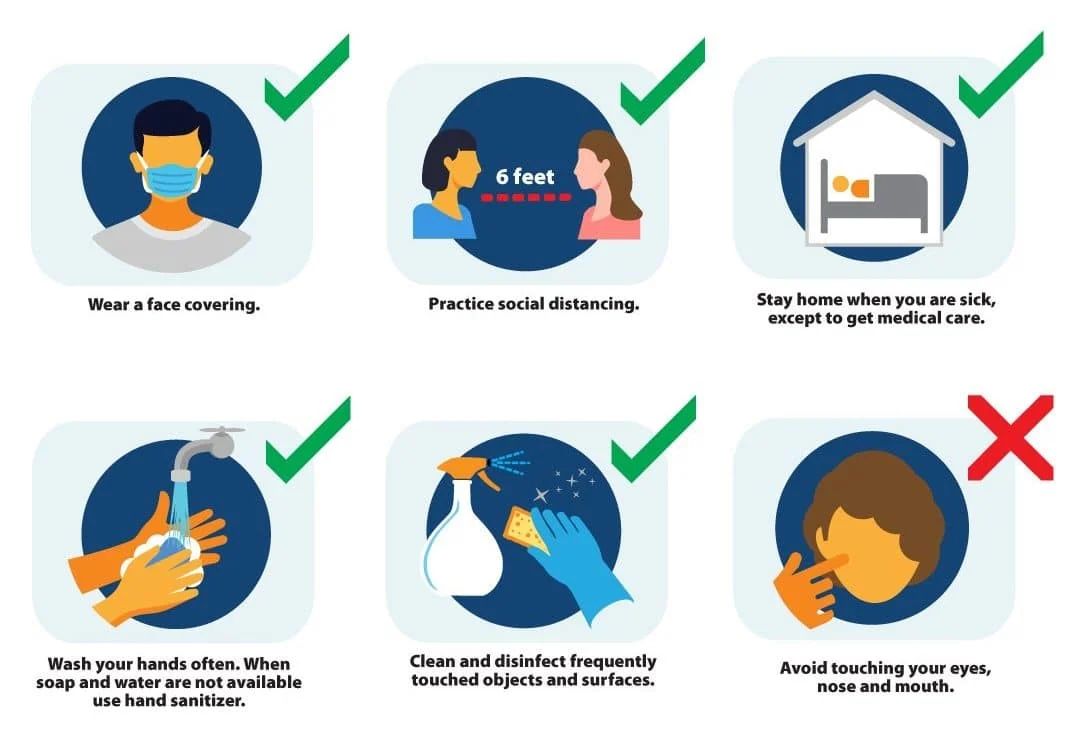
As the colder season approaches, concerns about health and safety naturally rise, especially with the continued presence of covid. Winter months often bring people indoors, creating conditions where the virus can spread easily. Understanding and following updated safety guidelines is fundamental to protecting yourself and those around you. Here’s more information on practical steps to reduce risks during the winter months:
Understanding COVID Risks In Winter
Cold temperatures affect how coronavirus disease behaves in the environment. The virus survives longer on surfaces in cold, dry conditions. Indoor air circulation patterns also change during winter months, as windows remain closed and heating systems recirculate air throughout buildings.
Respiratory droplets travel differently in cold air. When people breathe, talk, or cough outdoors in winter, visible vapor clouds show how far droplets can travel. These clouds contain potential viral particles that remain airborne longer in cold conditions. Indoor spaces with poor ventilation become risky during the winter months.
Winter weather patterns influence human behavior in ways that increase covid transmission. People spend more time in crowded indoor spaces, such as shopping centers, restaurants, and entertainment venues. Holiday travel brings together individuals from different geographic areas, potentially mixing different viral strains.
Incorporating Safety Practices
To minimize the risk of infection during the colder months, it is key to follow safety practices tailored to the unique challenges of the winter season. Here are some key practices you can try:
- Wear high-quality masks: Masking remains a fundamental protection strategy during the winter months. Opt for high-quality masks with good breathability that fit well even when paired with winter clothing.
- Prioritize hand hygiene: Hand hygiene remains key, but can be more challenging in cold weather. Wash your hands frequently, especially after removing gloves or touching cold surfaces. Use moisturizing hand sanitizers when soap and water are unavailable to help protect your skin’s health.
- Optimize ventilation: If possible, open windows periodically to refresh indoor air, even if only for short periods. Where window opening is impractical, use air purifiers with HEPA filters. Position yourself near fresh air sources when indoors with others.
- Practice social distancing: Maintaining a physical distance of at least six feet can become challenging during winter festivities and indoor activities. When possible, opt for outdoor activities over indoor gatherings and limit the size and duration of indoor gatherings to reduce exposure risks.
By following these strategies, individuals can reduce their risk of covid transmission during the winter months while adapting to seasonal challenges.
Reducing Risk Through Lifestyle Habits
Home environment modifications can support covid prevention during the winter months. Maintain healthy nasal passages and respiratory function by increasing humidity levels. Clean and disinfect frequently touched surfaces more often, as the virus survives longer in cold conditions.
Maintain regular sleep schedules despite shorter daylight hours. Eat foods rich in vitamins C and D to support immune health and try to stay physically active. Monitor symptoms closely during the winter months, when multiple respiratory illnesses are circulating. Distinguish between cold, flu, and covid symptoms through testing rather than assumption. Isolate at home if you experience any respiratory symptoms to prevent community transmission.
Schedule Your COVID Appointment Today
Winter covid safety requires a comprehensive approach combining vaccination, protective behaviors, and environmental modifications. The novel coronavirus continues circulating during cold months, making consistent prevention practices fundamental for community health. Contact a trusted healthcare provider near you to schedule your appointment and learn more about covid testing, antiviral treatments, and updated vaccinations.



